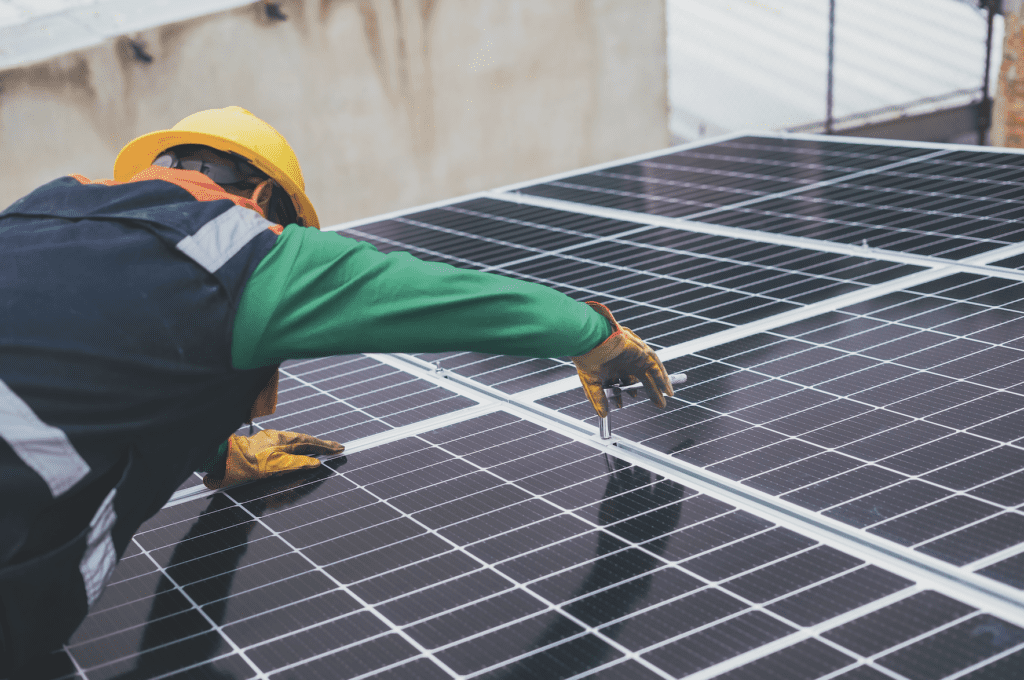
Delmia’s, senior director, strategic business development, Prashanth Mysore, explains how businesses can make their manufacturing operations more environmentally friendly.
The virtual twin experience is a differentiator in decarbonizing heavy industry processes. For instance, in green steel manufacturing virtual twins can help establish an integrated, automated factory with circularity, establishing green steel manufacturing processes that can reduce CO2 emissions up to 95 percent compared to traditional steelmaking. Virtual twins modelling can validate the replacement of coal with green hydrogen powered by fossil-free electricity and water. This is only the beginning of green hydrogen decarbonizing other heavy industries.
Before delving deeper into what manufacturers can do to reduce carbon emissions and become more sustainable, it’s essential to take a closer look at three subjects contributing to businesses becoming more eco-friendly:
Energy efficiency: Implementing technologies and processes that lower energy consumption and reduce carbon footprint consistently over time.
Waste reduction: Embracing a circular economy model where waste is minimized and recycled back into the production process.
Use of sustainable materials: Prioritizing eco-friendly and recycled raw materials in production.
While the above may sound obvious, it’s essential manufacturers work toward addressing each issue to lower overall emissions. By integrating these practices, manufacturers can ensure long-term business viability while concurrently contributing to environmental preservation.
Regarding energy, can the business incorporate solar or wind energy into its power supply, saving considerable fossil fuel related costs and lowering its carbon footprint. Whilst the initial outlay for solar and wind power can be substantial, it plays a key role in future proofing a business with renewable energy, while offering cost savings on fueling manufacturing operations for years to come.
Another key consideration is upgrading a factory and production processes with sustainability in mind. Benefits are two-fold, as the business gains from improved operations and profitability which is a selling point to new clients looking to on board.
Focusing on waste, one way to ensure manufacturing firms reduce waste is to simulate production systems in the virtual world, prior to committing to physical build. This takes the risk out of committing to, and investing in, infrastructure that may not be fit for purpose. The amount of waste, in terms of both actual parts and workforce time, can be substantial if mistakes are made repeatedly. Therefore, a virtual world build is often a fantastic way to make operations leaner.
For example, Delmia helps organizations achieve greener manufacturing by enabling the simulation of products and processes and optimizing ‘first time right’plans through data-driven decision-making. In supply chain planning, Delmia helps bring sustainability to the forefront by measuring the relevant key performance indicators, such as pollution and CO2 emissions, scrap, and raw material usage. By adopting green manufacturing, companies can decrease carbon emissions and waste across production processes and the value network. In addition, improved materials use helps businesses lower costs and enhance their bottom line.
Promoting a circular economy is essential to meeting sustainability targets, as it enables businesses to reduce the amount of product waste created. A circular economy is based on the principles of reusing and regenerating materials or
products, to continue production of products in a more sustainable and environmentally friendly way. In recent years, circular economies have become extremely popular in nearly all sectors, as businesses look for ways to cut their carbon emissions and waste products. There are four key steps to a circular economy:
Sourcing: understanding material impact and external factors affecting a business. Being conscious about raw materials and also considering the use of natural resources that aren’t renewable or recyclable.
Manufacture: look to incorporate eco-friendly design into processes, whilst also maximizing efficient manufacturing processes and distribution across the business
Use: optimize processes to ensure products are built to last and focus on providing your customers with a use, repair and reuse loop.
Recovery: offer collection on products at the end of their lifecycle and where possible, recycle the products. Showcasing how a company is embracing a circular economy to prospective clients can help companies stand out in a crowded market, as more businesses are becoming conscious about how seriously their suppliers are taking climate action. Being able to show how products are created with end-of-life recycling in mind is a great way to reduce overall carbon footprint and entice new clients with eco-friendly practices. There’s no getting away from the fact we all need to do what we can to protect the environment.
Even making the smallest change to existing processes can go a long way to reducing carbon emissions, so it’s essential that firms take a minute to consider what aspects of their operations could be run more effectively. Doing this will not only
help reduce emissions, but it may well even save you some time and money in the long run too.

